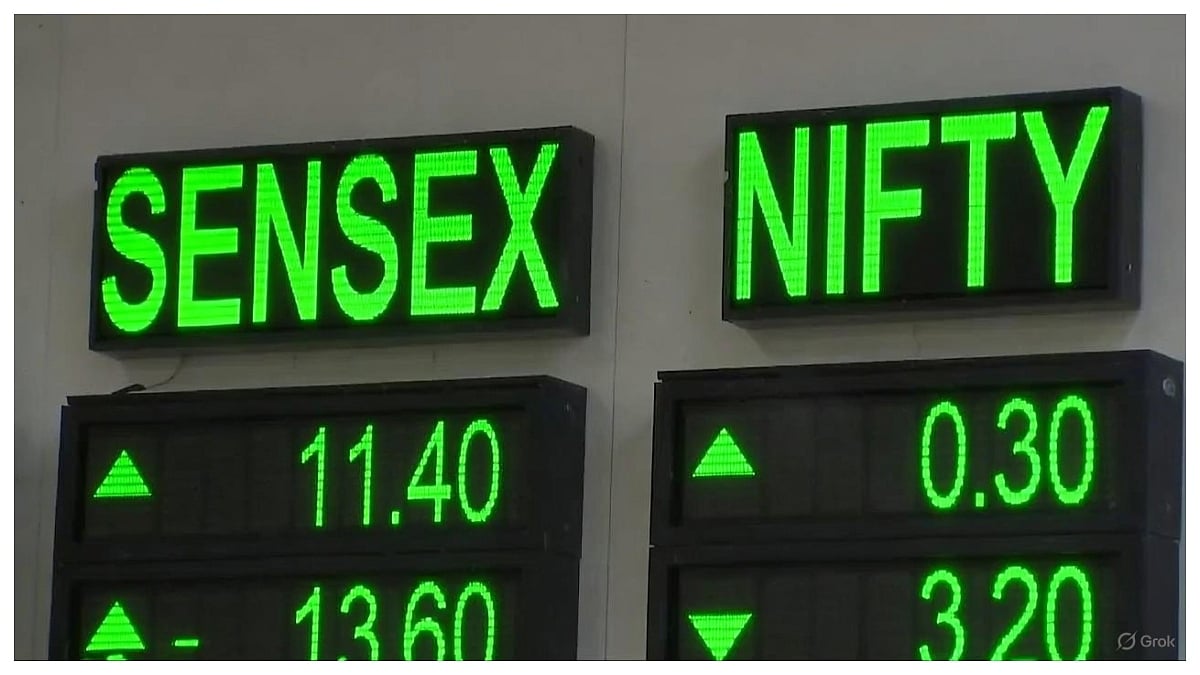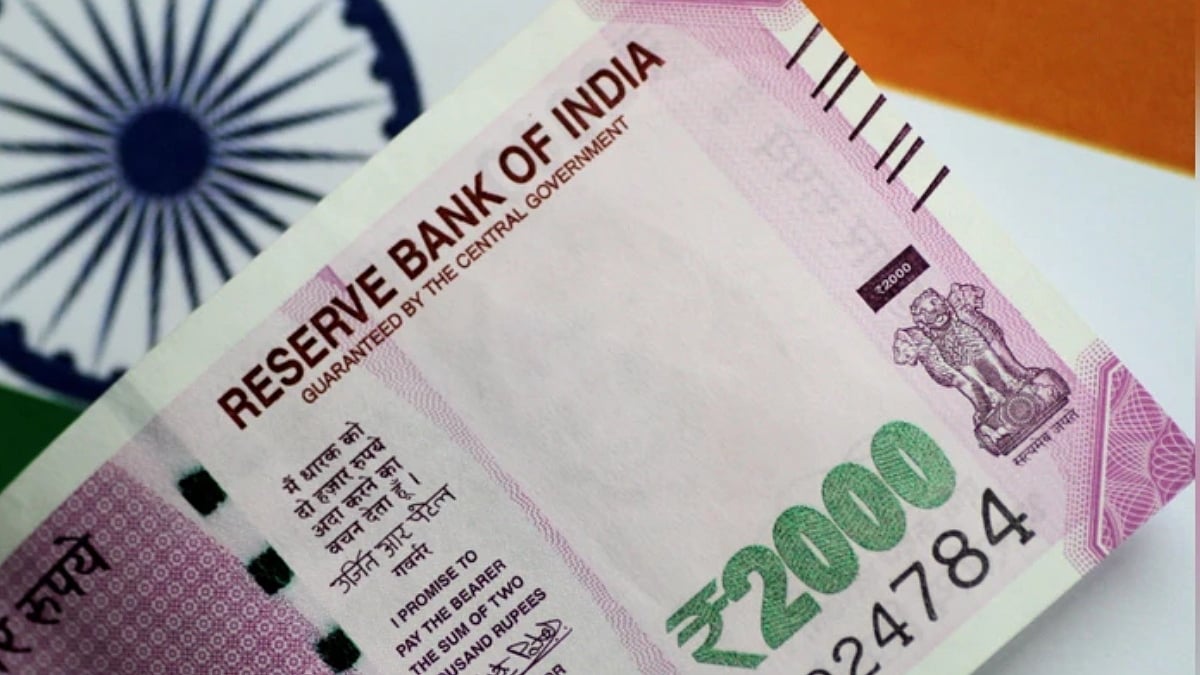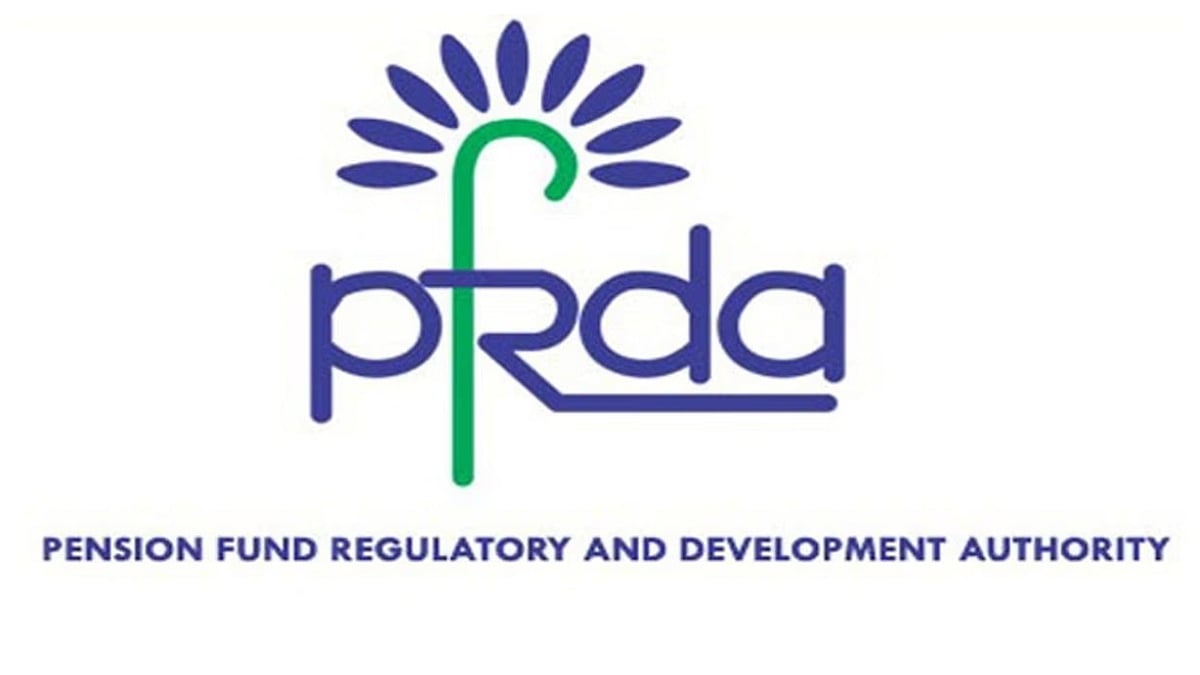The Government has allocated a total of 33,150 crore rupees to the health care sector under the Union budget of 2016. Currently one of the biggest challenges the health industry is India facing today is accessibility and availability of health care servicescoupled with an urgent need to bring down the out of pocket expenses incurred by average Indians on medical treatment.
Health industry is not a standalone entity. It comprises of various components, anddepartments that are inter-related. Let’sbreak it down. There is the service side of the health industry which comprise of hospitals, primary health care centers, nursing homes etc. Then we have the tertiary sector which encompasses clinical research and education in the field of medical science. Another important segment of health industry is the healthcare coverage, including individual and group medical insurance policies. All of this together makes up the health industry.
So, when we talk about how favourable has the Union Budget of 2016 towards the health industry?,we are essentially touching upon each of these segments and then critically examine how individual budget sanctions going to improve the overall health index of the country in the coming years.
High notes of the Budget 2016-17 on the Health Industry
Better Health Coverage
Several industry experts are viewing the Union budget of 2016 as a progressive budget for the health industry, particularly Governments commitments towards the health insurance sector. There is a sizeable increase in the allocation of funds towards health insurance. Under the NHPS or the National Health Protection Scheme (NHPS) finance minister Mr. ArunJaitely has announced a cover of Rs. 1 lakh per family. The government has also increased the premium of health insurance from rupees 15,000 to 20,000 and from 20,000 to 30,000 for senior citizens. Although, senior citizens above the age of 80 are not covered under a health insurance scheme, they will be allowed deduction of Rs 30,000 towards medical expenditures.
Increase of the health insurance premium will definitely reduce the out of pocket expenses of medical treatment that many Indians incur each day. It will also enable people to seek quality health care treatment. According to a report a couple of years ago it was estimated that only 17% of the total population in India had a medical cover.
As per SecureNow, leading insurance broking firm, “insurance is relevant in reducing the economic burden of any community, society or country” .World Banks findings have indicated that nearly 70% of people are paying for medical expenses out of their savings and incomewhich is pushing them on the brinks of poverty.This cycle needs to break and the Government seems to be heading in the right direction.
National Dialysis Service Programme
Although there are limited studies or data to indicate the prevalence of chronic kidney diseases (CKD) in India, several studies have indicated a sharp rise in lifestyle diseases such as diabetes and hypertension. The high prevalence of diabetes and hypertension accounts to 40 to 60% of CKD in India.
To give relief to the patients suffering from end stage renal disease, the Government has proposed the initiation of National Dialysis Service Programme. It is estimated that nearly 2.2 lakhs people suffer from chronic kidney disease in India each year and they are approximately 4,950 dialysis centers, mostly provided by private hospitals concentrated in urban areas. Under the new scheme, the Government proposes to start dialysis services in every district hospital. In order to bring down the cost of dialysis which is estimated to be rupees two thousand per session, the Government has also proposed the exemption of custom duty on certain parts of dialysis equipment’s.
Jan Aushadhi Stores
In order to facilitate the access of quality medicines at affordable rates, the Government intends to open 3000 Jan aushadhi stores across the country in the fiscal year 2016-17. This scheme to provide generic medicines to the general population was started in 2008 in order to make health care affordable and safe.
Low notes of the Budget 2016-17 on the Health Industry
Limited Emphasis on the Health Infrastructure
When it comes to health infrastructure, India is certainly at the bottom of the pyramid. If, you compare the health infrastructure of other emerging economies, India is lagging. For example, India has only 0.5 hospital beds per 1000 population in comparison to other emerging economies such as Russia and China which has 9.1 and 3 respectively. Furthermore, there is an 83% shortage of specialist medical professional in every field of medical service. Industry experts feel that the current budget has failed to address some of the inherent problems that have crippled the health infrastructure of this country, especially in the rural areas.
Lukewarm take on thePharmaceutical Industry
According to post budget review presented by KPMG, “the Union Budget 2016 did not have anything promising for the pharmaceutical sector. However, it can be viewed at best as having a neutral impact on the industry.” It is estimated that India’s domestic pharmaceutical market is nearly INR 2,400 million with a growth rate of 12 percent. Despite a high value proposition, pharmaceutical research in India considerably slowed. Export is one of the formidable revenue earners of the pharmaceutical sector and fiscal incentives and policy formulation could certainly accelerate the growth of the industry. However, the Union budget does not touch these matters disappointing the stake holders of the pharmaceutical industry.
Conclusion:
In conclusion, we can say that there has been a mixed response of the different fragments of the health industry. While Prathap C Reddy, Group Chairman of Apollo Hospitals is of the opinion that the “Health Care has finally taken the center stage in the Budget”, some feel that the scope of the budget is limited.
Although National Dialysis Service Programme is lauded by different stake holders of the industry, they feel that similar initiative needs to be done in the department of oncology, cancer and non-communicable diseases. Only time will tell how the budget and the programs proposed by the Government will shape and improve the health index of the country.








